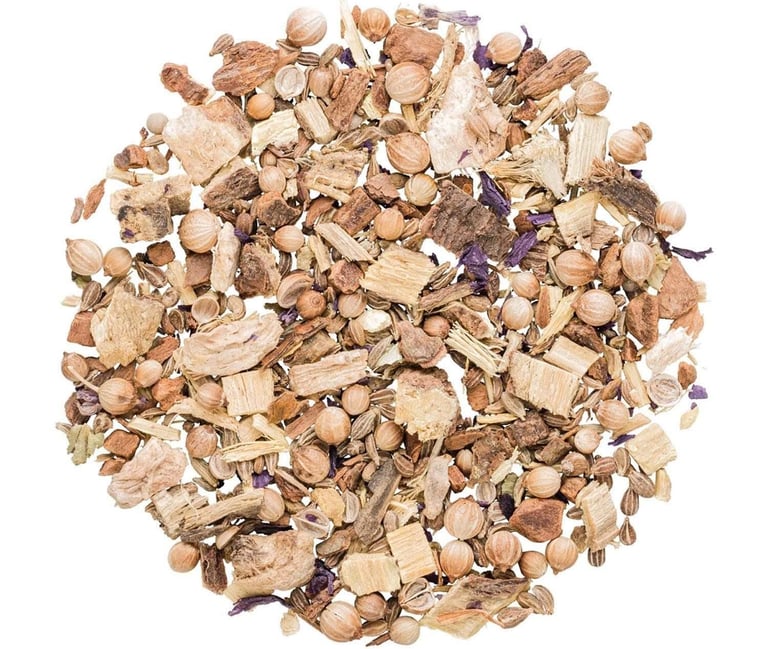Ayurveda Kapha Bio
An invigorating and energising blend of herbs and spices that awakens vitality and clears stagnation.
With its warm and spicy character, this tea helps balance the heavy, slow, and cool nature of Kapha, bringing lightness, clarity, and inner movement.
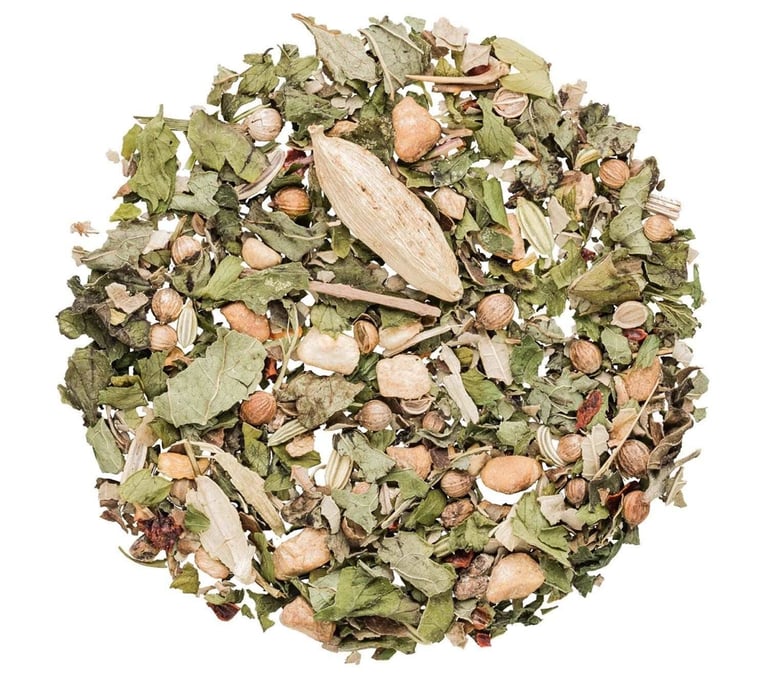

From€7.40 (Loose-Leaf)- 50g
Ingredients
Ginger, blackberry leaves, lemon balm, parsley, fennel, coriander, chili, and cardamom.
All ingredients come from certified organic farming.
Properties
Type of Tea: Herbal blend
Cultivation Method: Organic
Attributes: Can be enjoyed hot or cold
Edition: Classic Ayurveda Collection
Taste: Warm, gently spiced with notes of cinnamon
Seal: Organic cultivation
Mantra:
“Ram Prithvi Namaha”
I bow to the sacred earth. May it rise with vibrant energy.
Chant Meaning:
• Ram is the seed sound of the solar plexus (Manipura)—the seat of motivation and energy.
• Prithvi means earth, the grounding yet sometimes heavy force of Kapha.
• Namaha for surrender and offering.
Practice: Chant with steady rhythm at sunrise, feeling warmth rise from your heart to your face. Visualize golden light melting heaviness and awakening motion within. Do this near sunlight or while walking slowly for deeper activation.
Preparation

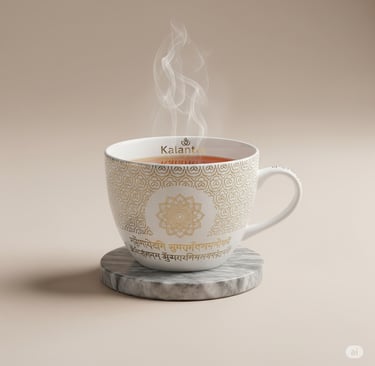
8 g herbal spice tea mixture (about 8 smeated tea measures) on 1 liter of filtered or soft, bubbling boiling water; leave to infuse for 5 minutes and enjoy.
Wellness. Fitness. Health. In the last decade, these terms have become a trend and have happily reshaped people's awareness of their health. In the course of this development, more and more people are also interested in Ayurveda.
Ayurveda - The Teaching of Life


8g/l




100°C
5 minutes
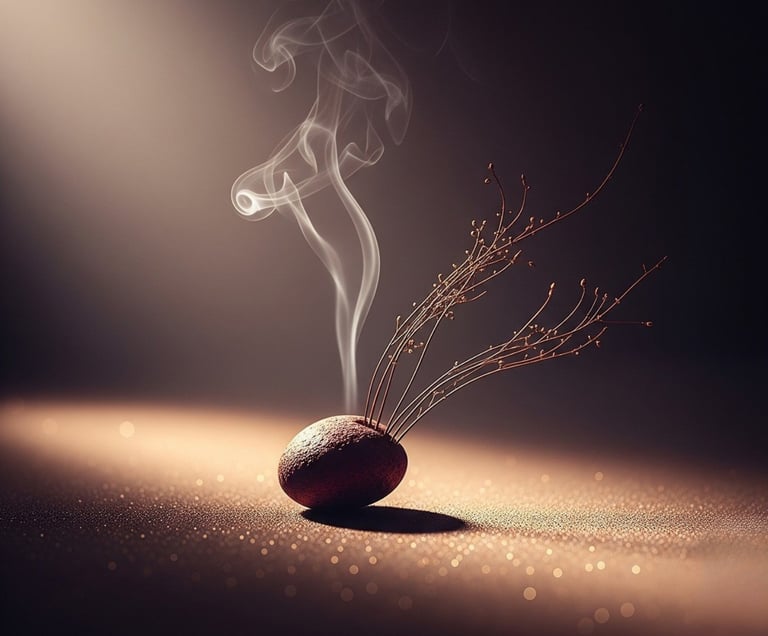


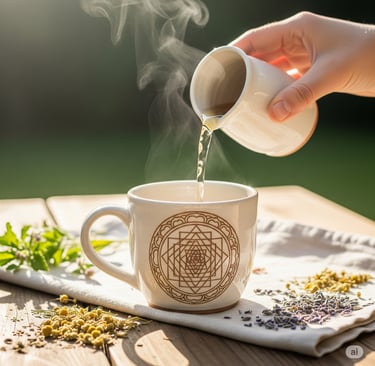
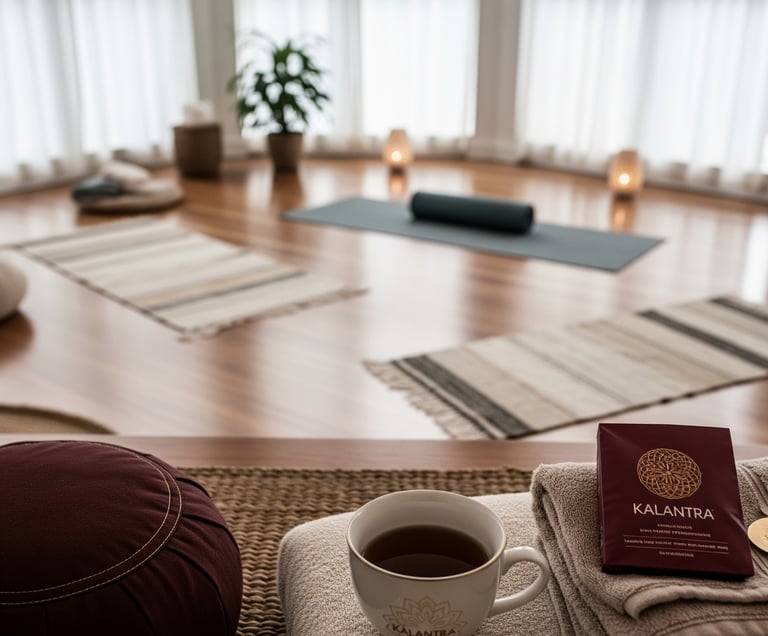

What many do not know: Ayurveda is much more than oil massage or relaxation treatment. Ayurveda is an ancient science, born from traditional Indian philosophy and first described in the ancient Indian writings "Veden". The term Ayurveda is composed of "Ayu" - life - and "Veda" - knowledge - and is therefore also called the teaching of life or the knowledge of life. By the way, yoga or meditation also have their roots in the Vedic sciences. Long forgotten in India, Ayurveda experienced a renaissance mainly on the initiative of the Vedic master Maharishi Mahesh Yogi, who opened up the old knowledge of modernity. For about 20 years, Ayurvedic experts, but also Western doctors and scientists, have been working on this comprehensive topic.
Ayurvedic image of man
In Ayurvedic teaching, man is not considered in isolation, but as a unit of body, spirit and soul in its interrelationship with environment and nature. Each person differs from all others by his individual physical and psychological constitution. With a comprehensive, holistic view of nature, of man in nature and all the factors that influence him, Ayurveda is a health doctrine with an emphasis on health. While today's conventional medicine usually looks at the disease and its symptoms, thus analyzing the body separately from the mind or other influences, Ayurveda has a completely different starting point: the balance or rather the balance of the 3 all-determining principles Vata, Pitta and Kapha.
The 3 Doshas
Ayurveda is also the knowledge of the three doshas with names Vata, Pitta and Kapha. These in turn are influenced by the 5 elements space, air, fire, water and earth. Therefore, it is not surprising that the term "Dosha" means "influencing factor". Each person is characterized by an individual construction plan, an individually pronounced influence of these all-determining 5 elements. Every life is made of the same "building blocks". Thus, Vata, the "movement principle", is shaped by space and air. Fire and water characterize the "metabolic principle" Pitta, the "structural principle" Kapha is derived from the elements of earth and water. From birth, each person wears all three doshas in different combinations interacting and permanently changing. The combination determines the prevailing individual constitution of a person, his instantaneous state of mind. In every individual all doshas work, but one or the other is in the foreground. In addition to the "pure" constitution types, there are the so-called mixed types with two dominant doshas, but also the three-dosha type, in which the dominancees are evenly distributed (a total of 10 types). There are no good or bad types of constitution.
Kapha- The Structural Principle
... is significantly influenced by the element water (and besides it earth), by which it has a connecting effect. Where otherwise there would only be drought and silation, the water holds together and allows new structures and growth. Capha gives the human strength, stability, suppleness and structure, it keeps the fluid balance in balance and is an energy source. A balanced Kapha gives strength, endurance, a good immune system, patience and psychological stability. The properties of Kapha are heavy, oily, cold, tough, firm, soft and sweet.


Absolutely thrilled with my purchase! Outstanding product, exceptional service, and overall an excellent buying experience.
Clarice Turner

Absolutely thrilled with my purchase! Outstanding product, exceptional service, and overall an excellent buying experience.
Brian Moten

★★★★★
★★★★★
RATINGS
SIMILAR ARTICLES
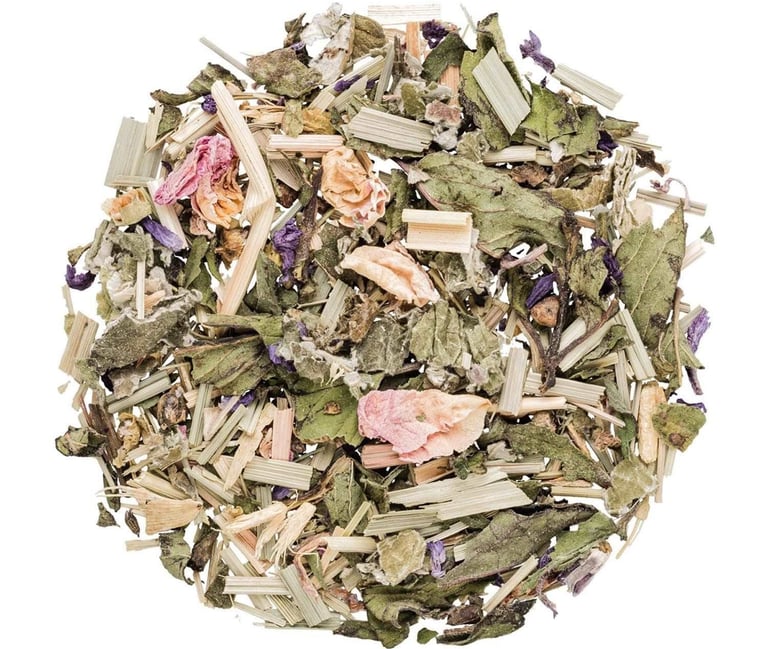

A spice herb mixture with spicy sweetness and pleasant spiciness.
A spice mixture with lemony freshness, slightly sweet.
Ayurveda Pitta Organic
from 7,40 €
from 7,40 €

